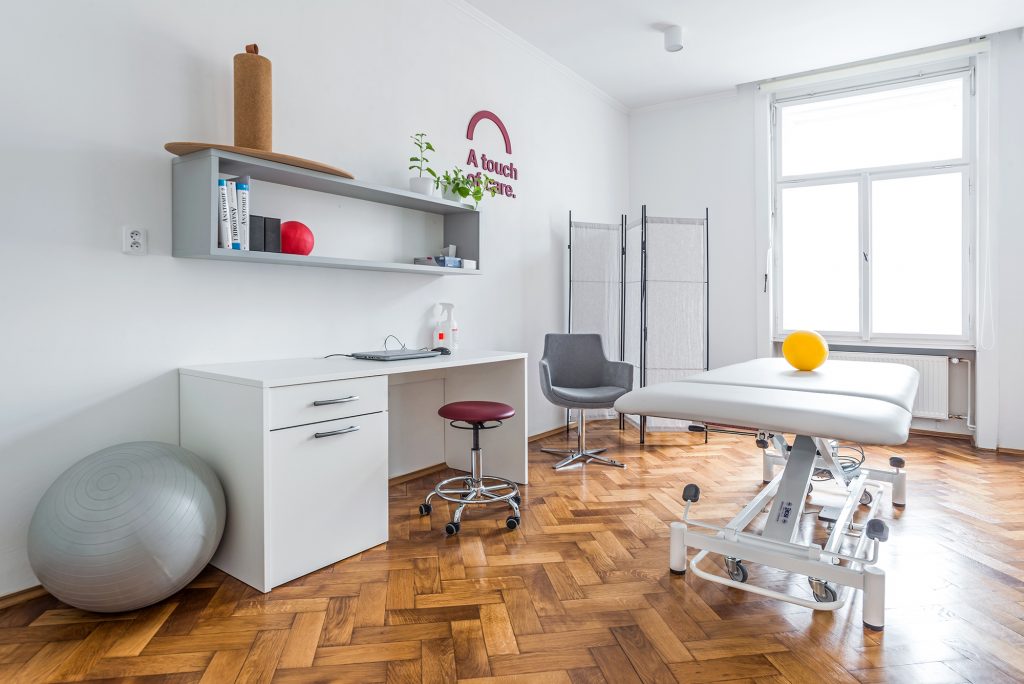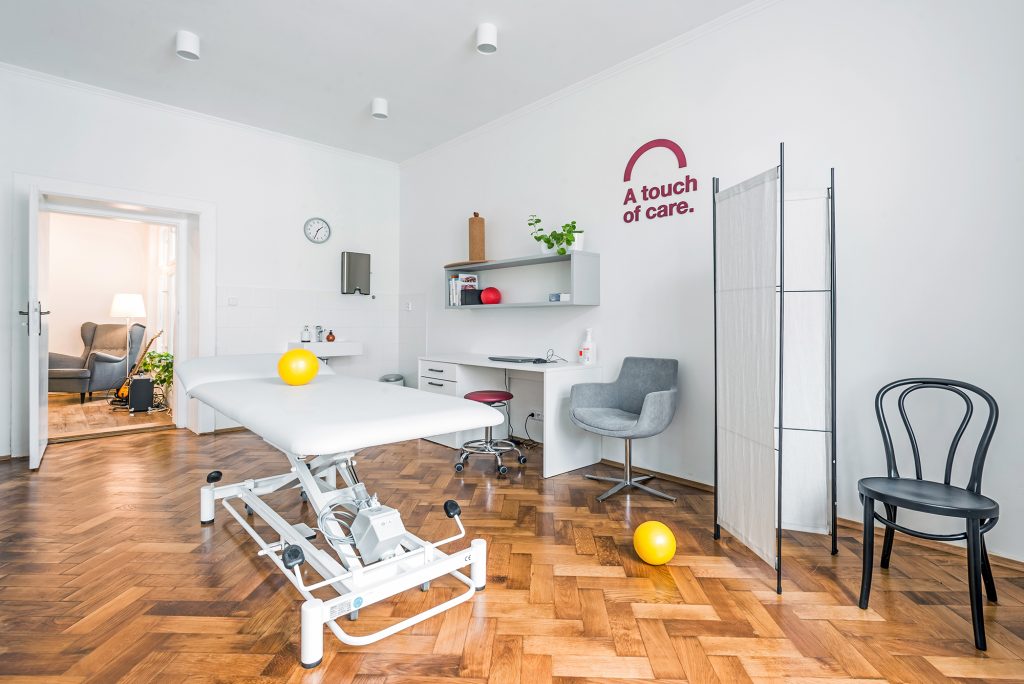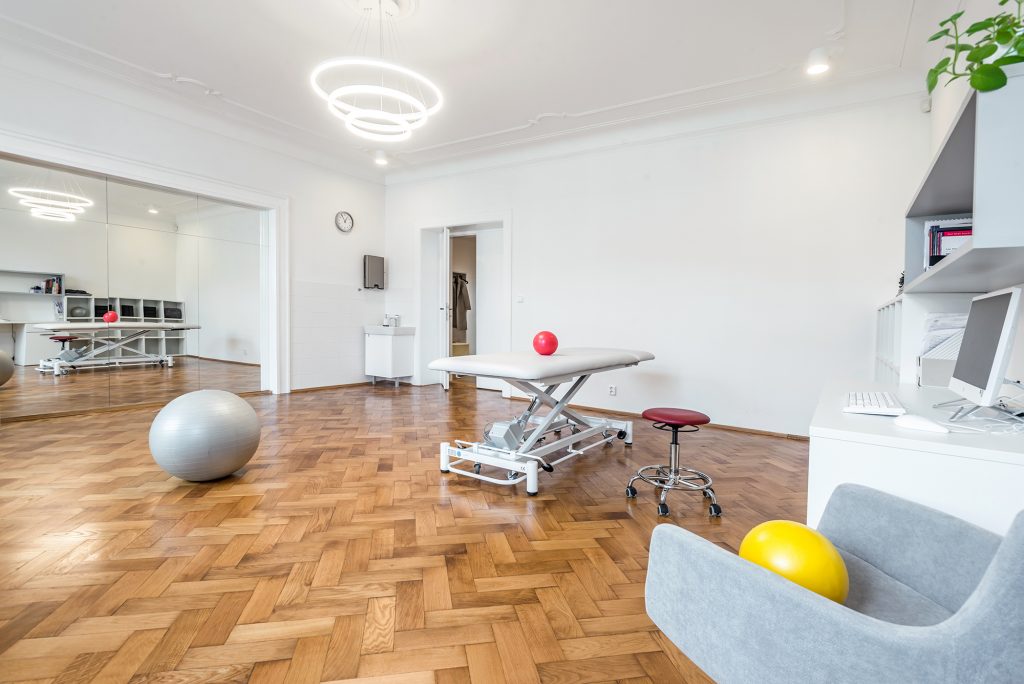Functional Female Infertility
Infertility is defined as the inability to conceive after one year of regular, unprotected sexual intercourse. But what does “regular” intercourse mean? For each couple, this frequency varies. If a couple is trying to conceive, it’s necessary to have some level of sexual activity, ideally at least twice a week.
Functional Female Infertility
If you’ve been diagnosed with functional female infertility, it means your gynecologist has not found any structural or permanent abnormalities in the reproductive organs. Functional disorders, on the other hand, are related to impaired functioning of the reproductive system. Functional female infertility is often characterized by changes in the position of the pelvis and its components (pelvic bones, sacrum, and coccyx). An asymmetrical pelvic alignment causes uneven tension in the pelvic floor muscles and ligaments. This can affect the nerves in the area, sending incorrect signals to the reproductive organs. This might lead to issues such as fallopian tube compression or ovarian dysfunction. The uterus also requires a certain amount of tension to function properly. In the case of functional infertility, this tension is often increased, making it difficult for the uterus to accept a fertilized egg. As a result, the woman either doesn’t conceive or experiences early miscarriage.
Physiotherapy for Functional Disorders
Functional disorders have a tendency to compound and spread to the musculoskeletal system, manifesting as changes in muscle tension or joint blockages. Physiotherapy is highly effective in addressing these issues. Physiotherapy techniques improve blood circulation throughout the abdominal cavity, including the reproductive organs, through methods like diaphragmatic breathing, organ manipulation, and stabilization exercises. Depending on the findings, we relax or strengthen the pelvic floor muscles and adjust the position of the coccyx. Our goal is to create optimal conditions in the body for conception and pregnancy maintenance.
Why Is the Pelvic Floor So Important in Treating Functional Infertility?
The pelvic floor muscles support the female reproductive and urinary organs. If these muscles are excessively tense, this tension can transfer to the reproductive organs (ovaries, fallopian tubes, uterus, and vagina) and the urinary organs, impairing their function. The tension in the pelvic floor can be caused by musculoskeletal blockages or dysfunction of the pelvic organs. Our goal is to identify the primary cause of the client’s issues and tailor the therapy accordingly. Physiotherapy enhances blood circulation, nerve supply, and the function of the urinary and reproductive systems. In cases of functional female infertility, we also often find blockages in the ribs, lumbar spine, the thoracolumbar junction, and the sacroiliac joint.
The Coccyx
When the tension in the pelvic floor muscles is too high, the coccyx is often pulled forward or to the side. This change in the position of the coccyx is commonly found in women with functional female infertility. The coccyx forms the base of the spine, and its misalignment can significantly affect the stability of the entire spine.
Pelvic Floor Muscle Examination by a Physiotherapist
Pelvic floor muscles can be examined externally or internally through the rectum (per rectum). This examination is performed only by a physiotherapist trained in the Ludmila Mojžíšová Method. The positions for examining the pelvic floor are on all fours, lying on the stomach, or on the side. Coccyx mobilization is performed in selected cases, always in agreement with the client and with their explicit consent. It’s important for us that the client is prepared for coccyx mobilization, both physically (through the release of surrounding muscles and blockages) and mentally.
What Does Therapy with the Ludmila Mojžíšová Method Look Like?
Before visiting our clinic, we recommend that women undergo a thorough gynecological exam, comprehensive internal exam, and endocrine assessment to rule out other causes of infertility. While this is not mandatory, it’s necessary to confirm that infertility is not caused by the partner.
During the first therapy session, we conduct a thorough examination, assessing::
- Posture and the mobility of individual body parts
- Abdominal tension and internal organ function
- Breathing patterns
- Joint blockages
- Muscle tension
- Coccyx position
- Pelvic floor muscle tension through external palpation
Treating Weak Areas
We explain the cause of these dysfunctions. Our goal is to help the client understand their “weak” areas and teach them how to work with and improve them. When treating functional female infertility through physiotherapy, we focus primarily on releasing blockages in the ribs, thoracolumbar junction, pelvis, and even the cervical spine, as these areas can affect the reproductive organs. By removing these blockages, correcting muscle imbalances, and engaging the deep stabilizers of the trunk, we increase the chances of success.
Preparing the Body
We usually schedule a follow-up visit after one to two weeks to check how the body is responding. We adjust the home exercise plan based on the client’s condition. After this, the client typically visits once a month, ideally after menstruation. Between therapy sessions, it’s essential that the client performs daily home exercises to enhance the effectiveness of the treatment.
Coccyx Mobilization
P
If we are successfully addressing the issues through exercise or manual therapy, we prepare the client for an internal examination of the coccyx and pelvic floor through the rectum (per rectum). This examination is usually performed three months after the start of therapy and is planned in advance with the client. Since the pelvic floor is influenced by the emotional brain (limbic system), mental preparation is essential, as is physical preparation through exercises and manual techniques, which are necessary to achieve long-term results. For these reasons, coccyx examination is not typically performed during the first therapy session.
This technique is performed during ovulation, after menstruation, when pelvic floor muscle tension is lowest, making it easier to work with. The therapy has a longer-lasting effect. The technique includes soft tissue work on the pelvic floor muscles and mobilization of the coccyx in anterior-posterior and lateral directions. This improves blood circulation not only in these muscles but also in the reproductive organs.
On the day of the examination, we recommend drinking 2-3 liters of water. Before the coccyx mobilization, we warm the client’s lower back. The technique is usually performed with the client lying on their stomach to promote relaxation. The examination typically lasts 10-15 minutes and is well tolerated by most clients, who might only feel the urge for a bowel movement. This session also includes mobilization of the ribs, sacroiliac joints, and lumbar spine, which precede the coccyx mobilization. After the coccyx is released, we advise avoiding sitting for 4-6 hours, as pressure on the coccyx could return it to its incorrect position. Lying down, standing, and walking are all fine.
We recommend undergoing coccyx mobilization during preparation for intrauterine insemination (IUI) or before embryo transfer (ET) during in vitro fertilization (IVF). This technique enhances blood flow to the pelvic floor and relaxes the muscles, helping the embryo to better implant. Combining the Ludmila Mojžíšová Method with assisted reproduction techniques increases the chances of pregnancy.
Resetting the Entire System
It’s important to understand that treating functional female infertility using the Ludmila Mojžíšová Method involves resetting the entire musculoskeletal system, which cannot be achieved in just one or two sessions! The foundation of this reset is changing breathing patterns with maximum use of the diaphragm during both static and dynamic activities. We frequently use exercises based on Dynamic Neuromuscular Stabilization (DNS).
Therapy usually takes about six months, but its success is highly individual.
How Long Will It Take to Get Pregnant?
The success rate of this method is comparable to that of fertility clinics. The success rate also depends on the woman’s age – the younger the woman, the more effective the Ludmila Mojžíšová Method is in addressing her infertility.
Other individual factors that play a role include:
- Age of the couple
- Posture
- Recurring blockages in the spine, ribs, and pelvis
- History of serious injuries
- Overtraining in sports
- Long-term use of contraceptives before trying to conceive, which can lead to irregular menstruation
- Motivation
Success depends on many factors, including the client’s psychological state, cooperation, and consistency with regular home exercises. During the treatment, we remove functional barriers to conception, increasing the chances of natural pregnancy or successful assisted reproduction. The older the woman, the longer it may take to remove all functional disorders and achieve pregnancy.







